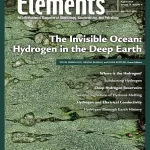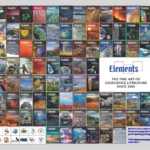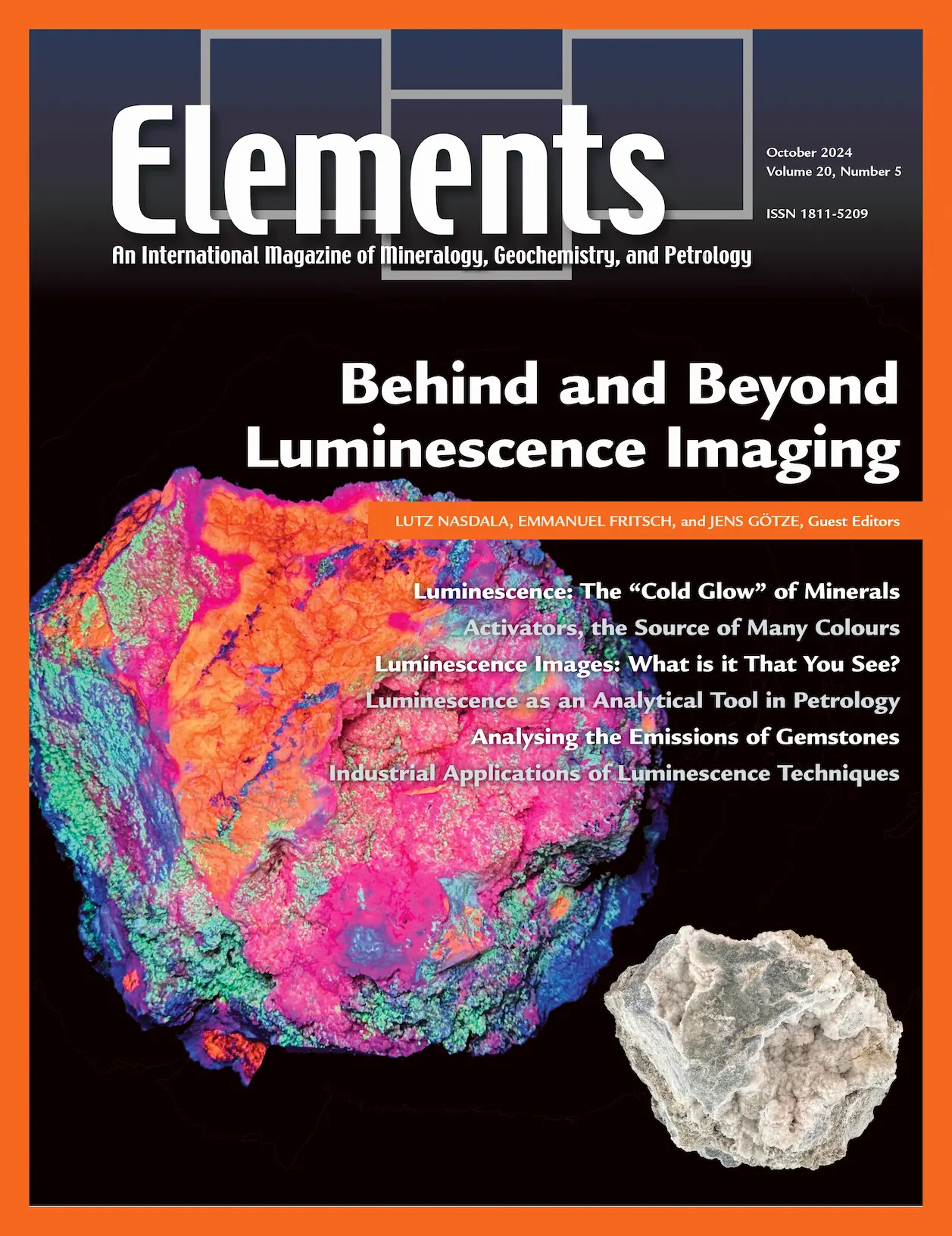
The Invisible Ocean: Hydrogen in the Deep Earth, August 2024, Vol. 20, No. 4
October 25, 2024
Elements Back Issues
October 26, 2024Behind and Beyond Luminescence Imaging, October 2024, Vol. 20, No. 5
$20.00
Luminescence-based optical or SEM images are increasingly used in Earth sciences research. Examples include formation and post-growth history of minerals from their internal textures, taking into account multiple interior regions of complex crystals. For such simple approaches it is actually unnecessary to understand the particular causes of emissions.
Behind and Beyond Luminescence Imaging
October 2024, Vol. 20, No. 5
Luminescence-based optical or SEM images are increasingly used in Earth sciences research. Examples include formation and post-growth history of minerals from their internal textures, taking into account multiple interior regions of complex crystals. For such simple approaches it is actually unnecessary to understand the particular causes of emissions. During the last decade, however, spectroscopic research has led to substantial progress in our understanding of the emissions of minerals. The main objective of this issue is to convince readers that luminescence is not at all restricted to interesting pictures that show “something,” but analysis of the emissions may bear a wealth of information on what exactly is observed. Luminescence spectroscopy has become a versatile, quantitative group of techniques whose successful applications virtually cover all geoscientific sub-disciplines.
Why You’ll Love Elements Magazine:
- Expert Contributors: Articles written by renowned researchers in the field of geoscience.
- Engaging Content: Join a community of readers who are passionate about Elements.
- Exceptional Quality: Each issue is printed on high-quality paper with stunning visuals and detailed illustrations that bring complex scientific concepts to life.
Order your copy of the October 2024 issue of Elements magazine today and explore Behind and Beyond Luminescence Imaging.
Related products
-
Supervolcanoes, February 2008, Vol. 4, No. 1
$20.00Explosive super-eruptions from large volume, shallow magma systems lead to enormous and devastating pyroclastic flows, the formation of gigantic collapse calderas, and deposition of volcanic ash over continent-sized areas. Recognition that future eruptions from these “supervolcanoes” will undoubtedly have severe impacts on society—and perhaps on life itself—has led to recent public and media interest.
-
Deep Earth And Mineral Physics, June 2008, Vol. 4, No. 3
$20.00The field of high-pressure mineral physics is central to our understanding of the Earth’s interior and its evolution. It is also a field that is rapidly advancing.
-
Nanogeoscience, December 2008, Vol. 4, No. 6
$20.00At first glance, nano and Earth seem about as far apart as one can imagine. Nanogeoscience seems to be a word connecting opposites.




